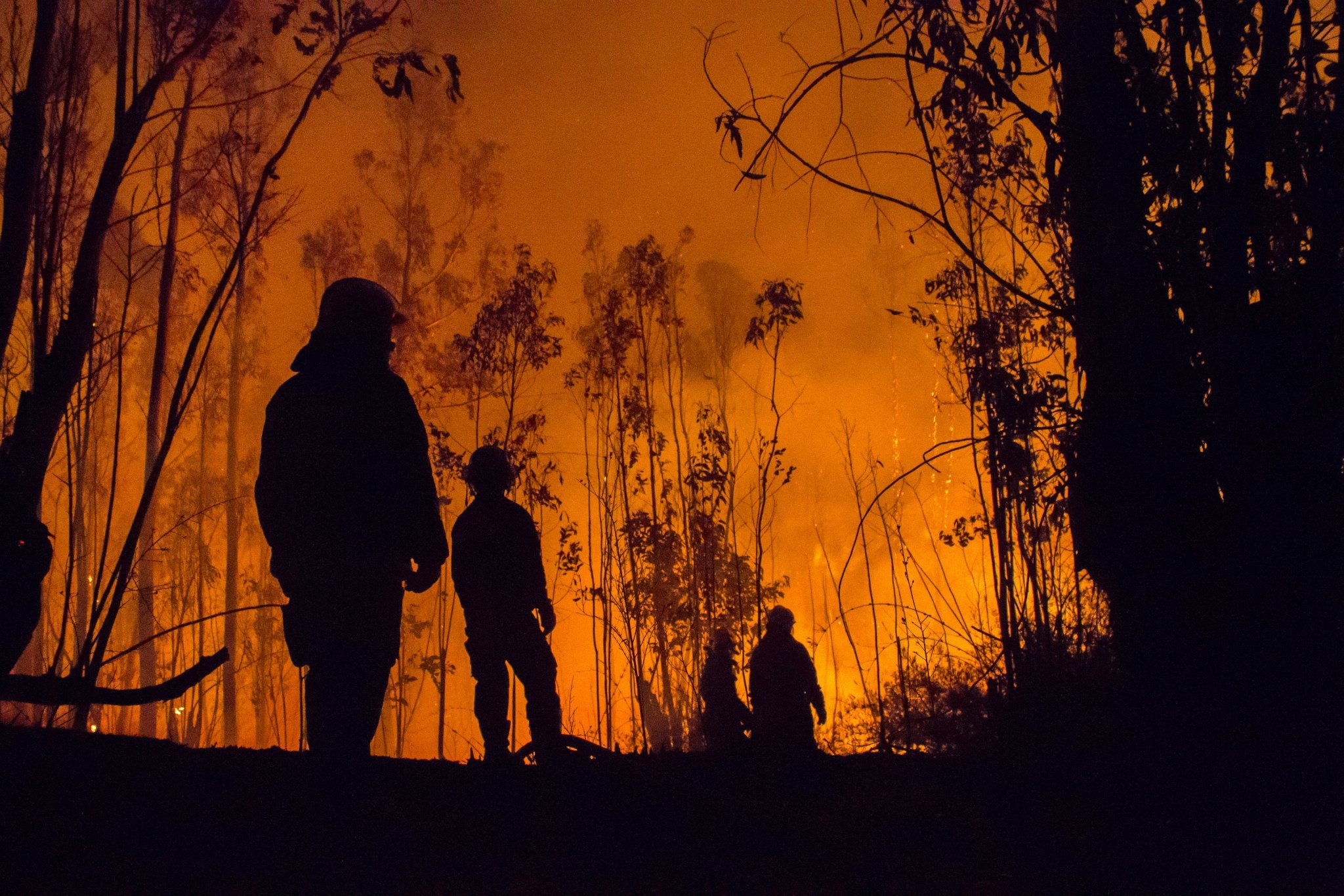
Bushfire season is upon us once again, and it’s timely to remind ourselves of the precautions we can take to make our homes safe, whether we’re living in regional areas or city bushland.
Gumtrees on the doorstep are not the only danger. Grasslands within built-up areas, especially those that edge housing estates, represent a significant risk. And those on the coast need to be aware that fire can move incredibly quickly when winds build up.
Residents on hills are not immune – in fact, quite the opposite. Fire will travel up slopes quicker than on flat or undulating land. For every 10-degree increase in slope, a fire doubles its speed.
As a community-minded agency, we believe it’s essential for residents to have a bushfire plan and avoid the terrible scenes we witnessed on the east coast just two years ago.
Here are some tips to make your home safer, courtesy of our volunteer rural fire services around the country. When in doubt or facing an extreme or catastrophic warning, leave threatened areas with time to spare.
Hose it down
Place hoses in the front and back gardens for full coverage of your home. The sprinkler setting is best to douse an ember attack. You must be confident in the reliability of your water source if you defend your home. Something to consider is if your power goes out, will you also lose water? This may be the case if you’re relying on a pump.
Cut and trim
Take the saw and trimmer to branches and shrubs that might hang over your home. Remove native plants that might ignite quickly and threaten your home.
Keep grounds clear
Mow your grass short in preparation for a fire, and remove the cuttings so they’re nowhere near buildings.
Get in the gutters
Clean out your gutters and keep them clear with metal leaf guards. Many fires are caused by leaf debris igniting, their flames licking under the eaves and into the roof. See if you can block your gutters with, say, tennis balls and fill the gutters with water.
Highly flammable
Remove anything lying around your house that can catch fire, such as doormats, very dry garden mulch, a woodpile, outdoor furniture and paint tins. Ask yourself – if an ember landed on this, would it catch? If the answer is yes, or even, possibly, stow it away or remove it totally.
